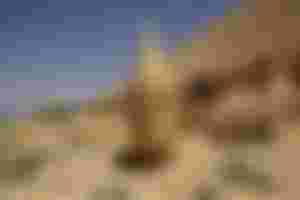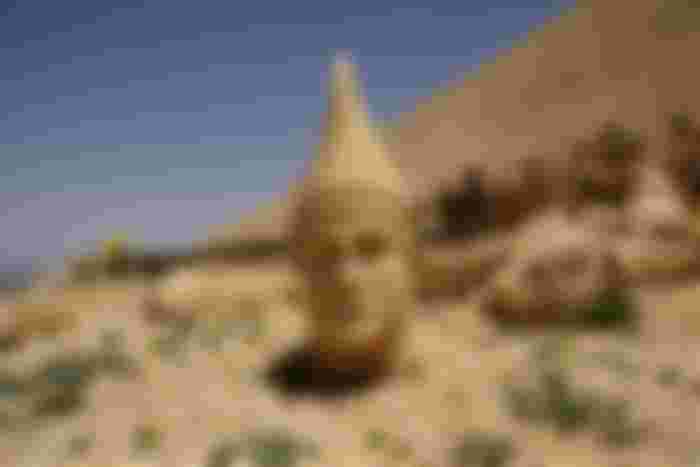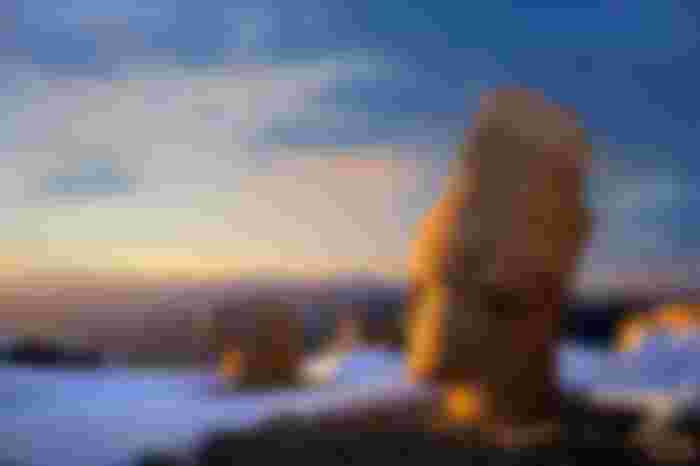Nemrut Mountain
Mount Nemrut Ruins are located within the borders of Kahta District of Adıyaman and Büyüköz Village of Pütürge District.
The tombs and monumental statues built on the slopes of Mount Nemrut, which is 2,150 meters high, by the Commagene King Antiochos I to show his gratitude to the gods and ancestors, are one of the most magnificent remains of the Hellenistic Period.Monumental sculptures are spread over the east, west and north terraces. The well-preserved giant statues are made of limestone blocks and are 8-10 meters high.

An independent kingdom was established by Mithridates I in the region known as Commagene in ancient times, and the kingdom gained importance during the reign of his son Antiochos I (62-32 BC).
After the loss of the war against Rome in 72 AD, the independence of the kingdom came to an end.

The peak of Mount Nemrut is not a settlement, but the tumulus and sacred areas of Antiochos. The tumulus is at a point that dominates the Euphrates River passes and plains. The tumulus, 50 meters high and 150 meters in diameter, where the king's bones or ashes were placed in the room carved into the bedrock, was covered with small rock fragments and taken under protection.

The peak of Mount Nemrut is not a settlement, but the tumulus and sacred areas of Antiochos. The tumulus is at a point that dominates the Euphrates River passes and plains. The tumulus, 50 meters high and 150 meters in diameter, where the king's bones or ashes were placed in the room carved into the bedrock, was covered with small rock fragments and taken under protection. Although it is stated in the inscriptions that the tomb of the king is here, it has not been discovered until today. On the east and west terraces, there are statues of Antiochos and gods and goddesses, as well as lion and eagle statues. A unique lion horoscope is located on the west terrace. The sculptures were carved by blending Hellenistic, Persian art and the original art of Commagene Country. In this sense, Mount Nemrut can be called the bridge of western and eastern civilizations. After the Commagene Kingdom was erased from the stage of history, the artifacts on Mount Nemrut remained in solitude for about two thousand years. German engineer Karl Sester, who visited the region as an officer in 1881, came across the statues of Mount Nemrut and informed the German Consul in Izmir, thinking that he would not be able to see the remains of the Commagene Kingdom and the Greek inscriptions behind it. Pedestals on which statues of gods are placed, assuming they are Assyrian ruins. Karl Sester made this mistake in the excitement of discovering giant statues. In 1882, Otto Puchstein and Karl Sester made a study in Nemrut. Osman Hamdi Bey, Director of the Museum-i Hümayun (Imperial Museum), came with a team in 1883 and worked in Nemrut. After World War II, American archaeologist Theresa Goell and German Karl Doerner; They made excavations, researches and studies in Nemrut and its surroundings.




